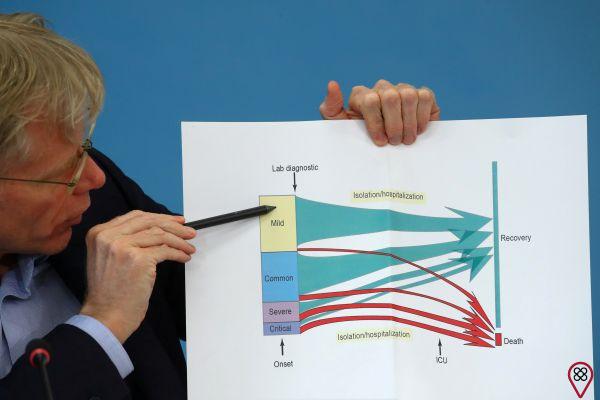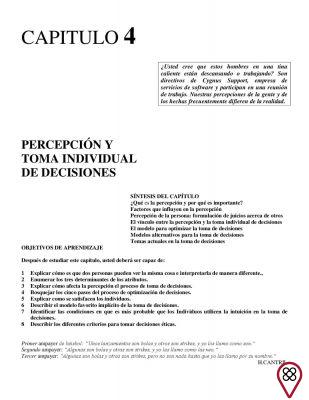Optical illusion is the name given to a phenomenon that happens from the visualization of an image that can be interpreted in several ways. In general, images that cause an optical illusion can bring a simple and a funny figure or a combination of colors that gives the vision that it is in motion. Patrick de Almeida Pinto, professor of physics, defines the optical illusion as follows: “the optical illusion occurs when the human visual system is deceived by some factor, making us see something differently than it really is” .

Are not seen only by the eyes
From the teacher's definition, it is possible to understand that the images we see are not seen only by the eyes. All of them are also interpreted by the brain. João Jorge Cabral, physician and hypniatra, explains that “the eye is the sensory organ that captures light energy and converts it into electrical signals that are transmitted to the brain for image processing and formation”. This means that the human visual system needs two processes to function: physiological and cognitive.
The physiological part of image capture concerns the act of light entering the eyes through the lens, converging through the retina and being captured by cones and rods. After this process, the cognitive part comes into play, in which the data received by the eyes will be interpreted by the brain, after passing through the optic nerve. It is in the second part that we actually see the images, and the brain often makes automatic associations to other known images, creating an optical illusion.

What causes?
An example of this association that the brain makes is the phenomenon known as pareidolia, the name given to the human characteristic of identifying or recognizing faces in objects that are not actually a face. Two rounded figures above a semi-circular figure can be either a sad face or a happy face, depending on the brain's interpretation. This ability was developed by humans so that it was possible to see other people even in poor lighting or with obstacles in front of them.
In any case, even though the optical illusion is intended to scramble or confuse a person's vision, an attentive and detailed eye is able to identify changes in perspective, color and shape, without building a new image about an object.
You may also like other articles by this author. Access: Excessive use of technology accelerates the aging of vision

























